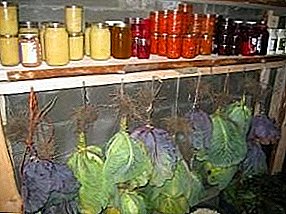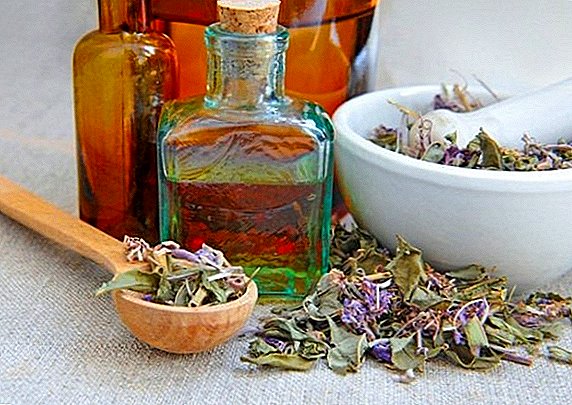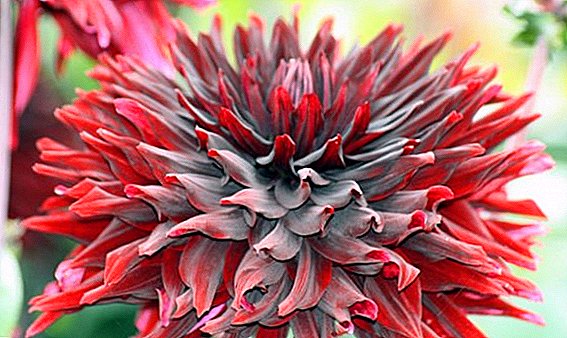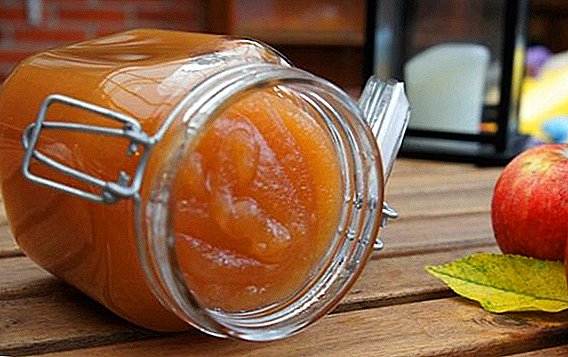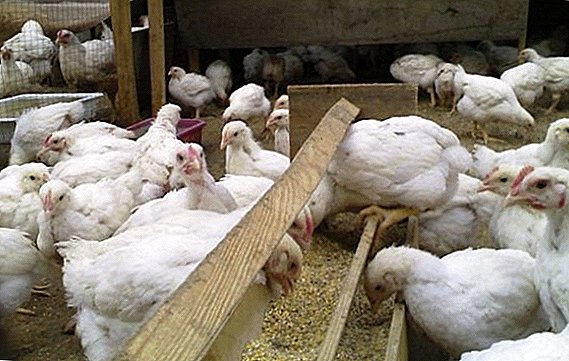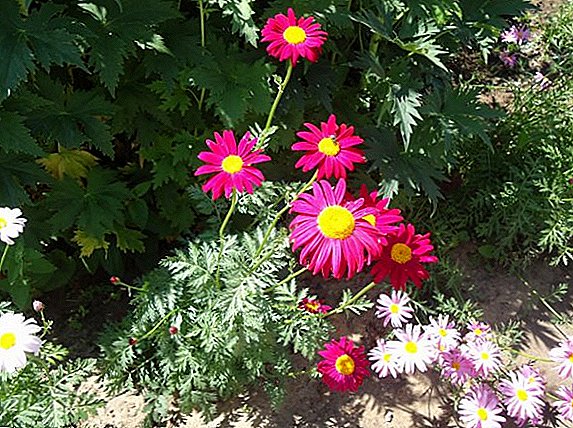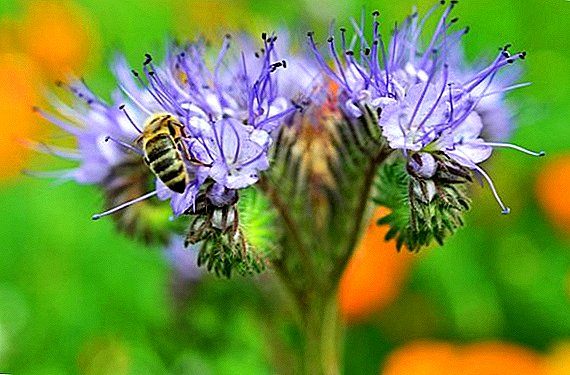 It is difficult to imagine a food product more useful and tasty than honey. There is a wide variety of honey types, each of which has its own unique properties.
It is difficult to imagine a food product more useful and tasty than honey. There is a wide variety of honey types, each of which has its own unique properties.
However, only some varieties most valuable in beekeeping and traditional medicine have a particularly healing composition. This is exactly what honey and phacelia are related to.
 The unique medicinal properties allow using it for medical purposes not only inside, but also as an external agent.
The unique medicinal properties allow using it for medical purposes not only inside, but also as an external agent.
The high value of this honey lies in its taste and healing properties.
In addition, an additional advantage of this type is the slow crystallization of the product. This property allows beekeepers to successfully use it for feeding bees in winter.
Extraction of honey
The source of this honey is honey herb Phacelia, all species of which, along with linden, are considered the best honey plants. Phacelia - A small plant with beautiful blue-lilac spiral inflorescences of the Vodolistnikovye family. Phacelia is known among beekeepers as the “Queen of the Nectar Ball.” For the plant is characterized by the release of a large amount of nectar and prolonged flowering, up to the very frost.
From one hectare of this honey plant, bees collect from 0.5 to 1 ton of honey. Such productivity is directly related to the abundant flowering of phacelia. The area of flower growth is limited and in the wild it is rarely found in southern latitudes. Cultivated in the south of Western Siberia, the Caucasus, Transcarpathia, mainly as a grass for bees, phacelia produces more valuable pollen than other honey bearing plants.
Professional beekeepers sow phacelia in four stages (from early spring to autumn). When one batch of plants blooms, others begin to bloom, that is, the process is ensured almost until the first frost. That is, it turns out that honey is harvested throughout the summer and autumn.
 With good weather, the bees are willing to visit the plant, from morning until late at night. Even in the autumn period, when all the honey-bearing plants have already faded, nectar continues to stand out with phacelia, which allows beekeepers to collect more honey and bees are well prepared for winter.
With good weather, the bees are willing to visit the plant, from morning until late at night. Even in the autumn period, when all the honey-bearing plants have already faded, nectar continues to stand out with phacelia, which allows beekeepers to collect more honey and bees are well prepared for winter.
Did you know? The homeland of phacelia is South and North America, where there are about 57 species of this culture. In our latitudes for producing honey, pizhmolist or rybinolistnuyu phacelia is cultivated.
Description of honey (appearance, etc.)
Externally, this sort of honey is very similar to lime or acacia, therefore, they are easy to confuse if you do not know the honey plant. However, after tasting it will become obvious that it is honey with phacelia that is before you, as it tastes favorably from the rest in taste.
Immediately after harvesting, like any other type, the facetted honey has a liquid consistency. The color is pale yellow at first, almost transparent, but as it thickens, the honey acquires a white tint, sometimes with a greenish tint. It has a very intense, floral, slightly tart and heady aroma.
 The taste is delicate and thin, slightly spicy, sweet, but without excessive cloying. Due to the high concentration of fructose, the crystallization of honey is very slow. After thickening, phacelia honey is a viscous mass resembling dough. It has a pleasant and delicate texture and easily falls on any pastry.
The taste is delicate and thin, slightly spicy, sweet, but without excessive cloying. Due to the high concentration of fructose, the crystallization of honey is very slow. After thickening, phacelia honey is a viscous mass resembling dough. It has a pleasant and delicate texture and easily falls on any pastry.
Beneficial features
Honey from phacelia is also widely known for its beneficial properties. It includes vanadium, potassium, calcium, cobalt, nickel, manganese, strontium, chromium, zinc, and even silver.
The product is full of vitamins, amino acids, and also consists of 80% of disaccharides, fructose and glucose. It helps to stimulate the metabolism, strengthens the immune system, improves digestion and normalizes the functioning of the body as a whole.
Phaceous honey is valued for antipyretic, antibacterial and analgesic properties, and also has a positive effect on the cardiovascular and nervous systems, improves lymph flow. It has been proven that regular use of phaceous honey for 1 month increases the level of hemoglobin in the blood well.
 This is an excellent healing delicacy for those who have the problem of gastritis, ulcers, heartburn, low acidity and liver disease. Due to the presence of glycogen in the composition of honey, the protective properties of the liver and its resistance to negative factors increase.
This is an excellent healing delicacy for those who have the problem of gastritis, ulcers, heartburn, low acidity and liver disease. Due to the presence of glycogen in the composition of honey, the protective properties of the liver and its resistance to negative factors increase.
The use of phaceous honey allows you to restore the tone and energy balance of the body. After three weeks or a month of regular intake, you can feel a surge of strength and vitality, as well as improve sleep and mood.
The use of phaceous honey in traditional medicine (recipes)
Thanks to such an abundance of vitamins and minerals, phacelia honey has received deserved recognition for its beneficial properties, especially among healers and traditional healers. Its use has many recipes and has a positive effect even in chronic diseases.
Important! You can not breed faceted honey in boiling water otherwise it will lose all the vitamins and useful qualities.
With dysbacteriosis
This honey is an excellent stabilizer of intestinal microflora, which restores the gastric mucosa, so it is recommended to eat it. with dysbacteriosis. To eliminate inflammation in the intestines and relieve pain, you need to take 80 grams of the product in small portions during the day. Slowly entering the body, honey is gently absorbed, eliminates pain and lowers acidity.
With diseases of the stomach
 Having a beneficial effect on the gastric mucosa, Phaceous honey also heals small ulcers. Therefore, it is recommended to use it in the treatment of diseases of the gastrointestinal tract. To do this, prepare a mixture of phaceous honey (150 g), chopped walnut kernels (250 g) and fresh aloe juice (50 g), then taking the resulting composition 3 times a day and 1 tbsp. a spoon.
Having a beneficial effect on the gastric mucosa, Phaceous honey also heals small ulcers. Therefore, it is recommended to use it in the treatment of diseases of the gastrointestinal tract. To do this, prepare a mixture of phaceous honey (150 g), chopped walnut kernels (250 g) and fresh aloe juice (50 g), then taking the resulting composition 3 times a day and 1 tbsp. a spoon.
With low acidity Honey (150 g) is mixed with Kalanchoe juice (50 g) and alcoholic propolis extract (10 g) is added to it. Then steamed in a water bath for 5 minutes and taken orally. In addition to the healing effect, honey also has a beneficial effect on the nervous system, which is important for diseases of the stomach. It is known that many diseases of the gastrointestinal tract arise precisely on the nerve soil.
With chronic gastritis
With chronic gastritis Well this recipe helps: 100 g of phaceous honey is combined with 20 g of Kalanchoe juice and 10 g of propolis extract in alcohol (10%). After that, the resulting mass is placed in a water bath and heated for about 5 minutes. It is necessary to accept means daily, on the tablespoon throughout two months.
Storage features
 In order to keep the medicinal honey for a long time to retain its healing properties, it must be stored at a moderate room temperature. In addition, the product is well preserved for over a year, if you keep it in a wooden (not softwood!) Capacity: keg or tub, out of the reach of sunlight.
In order to keep the medicinal honey for a long time to retain its healing properties, it must be stored at a moderate room temperature. In addition, the product is well preserved for over a year, if you keep it in a wooden (not softwood!) Capacity: keg or tub, out of the reach of sunlight.
Over time, the honey will become deep amber-yellow in color, but it will not lose its beneficial properties.
You can store the product in plastic bags, glass containers and aluminum containers. Short-term storage in the refrigerator is allowed, however, it is necessary to cover the honey, otherwise it will absorb foreign odors and lose its taste. Iron and zinc containers are not suitable for storage, as sugars and organic acids of honey react with the metal and form toxic compounds.
Important! Buy flat honey in proven places, as an immature or low-quality product quickly sours and begins to ferment.


